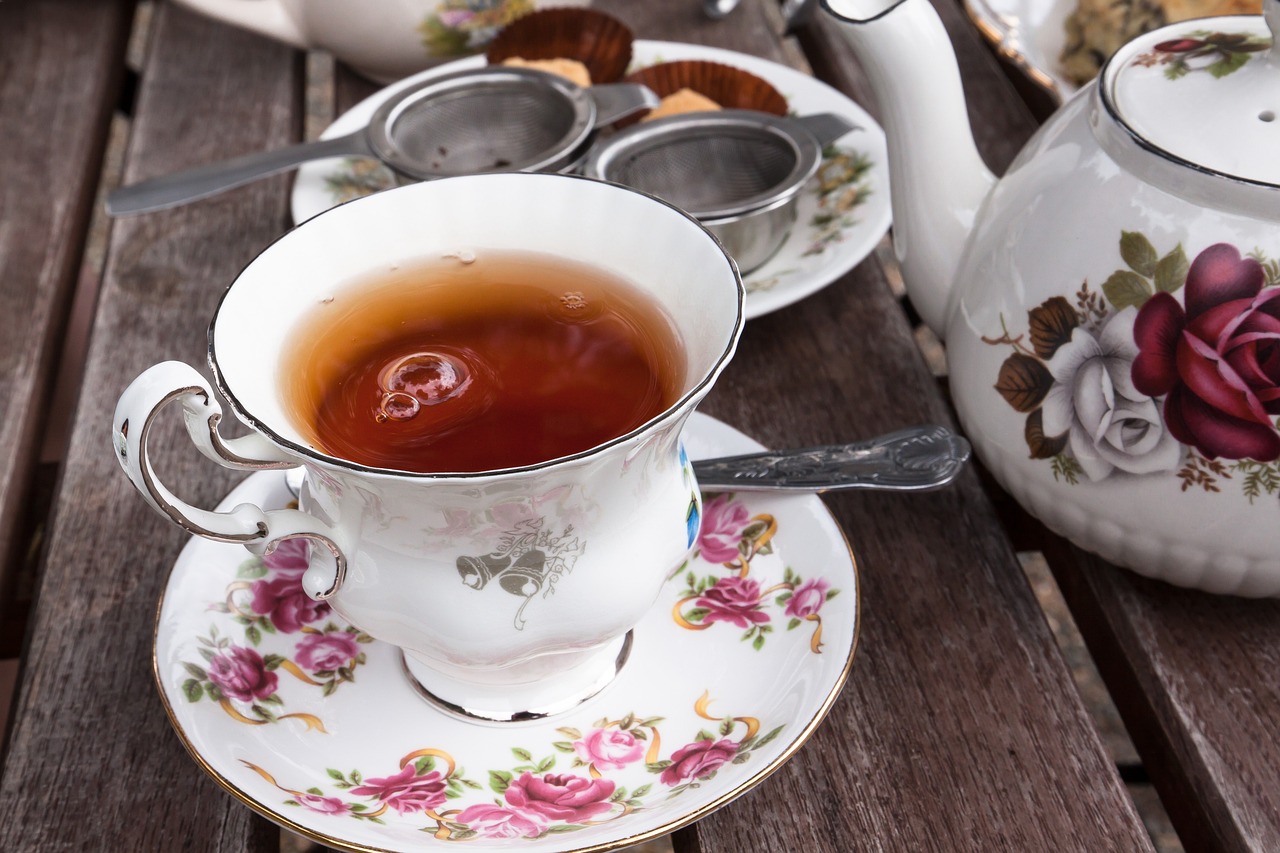Earl Grey Tea Benefits for Drinkers
Earl grey tea is one of the most recognised types of tea around the world. However, it’s not a brand unto itself. Earl grey tea is instead categorised as a flavoured tea. This definition includes any type of tea that has been infused with herbs, spices, fruit, flowers or other flavourings.
The taste of earl grey tea is unique and refreshing. It’s become a household name in countries such as the UK, where it often has sweet pairings. Over the course of its existence, earl grey tea has also gained a reputation for having several health benefits. In popular culture, positive connotations are associated with earl grey tea. It’s been shown as the drink of choice for the likes of Sherlock Holmes, Hermione Granger, Mr Darcy and Captain Jean-Luc Picard.
What is Earl Grey Tea?
Earl grey tea is a black tea flavoured with bergamot oil. It’s usually made with Chinese black leaf teas like Yunnan or Keemun. The taste of earl grey tea can vary depending on the type of tea leaves, as well as the type and amount of bergamot used.
What is bergamot? Bergamot oil comes from the fruit of the Citrus bergamia tree. Its name also comes from Bergamo - a town in southern Italy. However, it’s thought the bergamot tree’s origins are in southeast Asia. Bergamot oil adds a soothing aroma and slight spice to earl grey tea. The oil itself has found additional uses in areas like toiletries, perfumes and aromatherapy.
In the making of earl grey tea, either bergamot oil or bergamot extract is sprayed on the tea leaves as they’re drying. Some manufacturers may mix the leaves with dried bergamot rind.
While earl grey tea is often seen in bags in most UK supermarkets, it’s also available as a loose leaf.Teabags are filled with very small pieces of tea, where loose leaf tea contains whole leaves.Loose leaf earl grey tea has a bolder flavour because of this. Read more about the differences between loose leaf tea and tea bags.
Earl grey tea has a Ph level of roughly 4.5, which is a relatively high acidity for a tea. Fortunately, it therefore doesn’t pose a risk to those suffering from GERD or acid reflux.This is because acidic foods produce an alkali ash upon digestion and vice versa.
The History of Earl Grey Tea
The earliest origins of earl grey tea lie in ancient China, where they’ve been adding tea leaves to water for over 4,000 years.However, it was only sometime in the 1800’s that bergamot was added to the tea.It was then popularised by an Earl of the noble house of Grey, Charles Grey, hence the name earl grey tea.Charles Grey would serve as UK Prime Minister from 1830-4.
There are a few theories as to why bergamot was originally added to the tea. Firstly, it was gifted to Charles for saving the life of a Chinese lord on a visit. Secondly, a friend of the earl added bergamot to offset the high mineral content of the water near his home.Northumberland has very 'hard' water which is Alkaline. The acidity of earl grey tea therefore acted as a good balance. Finally, bergamot was an accidental addition made during a shipment.
Regardless of its exact origins, earl grey tea quickly became popular in England and beyond.In this period, tea was a sought-after commodity thanks to the explosion in international trade.
The Benefits of Earl Grey Tea
It is speculated that bergamot teas have long-term health benefits, although studies haven’t produced conclusive proof. These benefits could include healthier digestion, lower cholesterol levels and reduced blood pressure. This is could be due to the antioxidants the tea contains, which supports heart health and promotes the production of good cholesterol to prevent serious cardiovascular disease. Without hard and fast scientific evidence though, we’ll be focusing on the general positive effects earl grey tea can have.
Combats Anxiety and Depression
It’s sometimes easy to underestimate how far a simple warm beverage can go in improving someone’s mood. Earl grey tea takes this a step further with the inclusion of bergamot, which is an essential oil.This induces a soothing sensation to help create a calming effect.
Increases energy levels
A cup of earl grey tea can contain up to 120 milligrams of caffeine. According to research, this is higher level than regular black teas(47mg) and even coffees(96mg).As a result, earl grey should be the tea of choice for people looking for a tasty pick-me-up.
Alternative uses
The benefits of earl grey tea extend beyond just a soothing cuppa. Recipes that use Earl grey tea are a great way to repurpose spare leaves. If you're mainly using earl grey tea bags, there are many alternative uses for old bags too. This includes starting fires, absorbing odours and fuelling compost.
Boosts immunity
The antioxidants in tea can prevent stress in the body. This can help people combat the effects of stress, including inflammation, neurodegeneration and cell aging.
Recommended Earl Grey Tea Preparation
To prepare earl grey tea simply steep the leaves or a bag in hot water for 3-5 minutes. The origin of earl grey suggests it’s intended to be enjoyed without milk. This is because it’s traditionally made using black teas. A slice of lemon is a nice addition to bring out the citrus within your cup of earl grey.
Pumphreys coffee, despite our name, offers a wide range of speciality teas. As such, we don’t just offer premium loose leaf earl grey. Our customers can choose from earl grey with blue flower and earl grey with citrus varieties too.
Where can I buy Earl Grey Tea?
Pumphreys is a major UK tea and coffee supplier. We offer high quality tea and coffee that our customers can access a few different ways – in UK coffee shops, as wholesale orders or direct delivery.
Pop into one of the many coffee shops we supply nationwide or get in touch online.

 Pound Sterling
Pound Sterling
